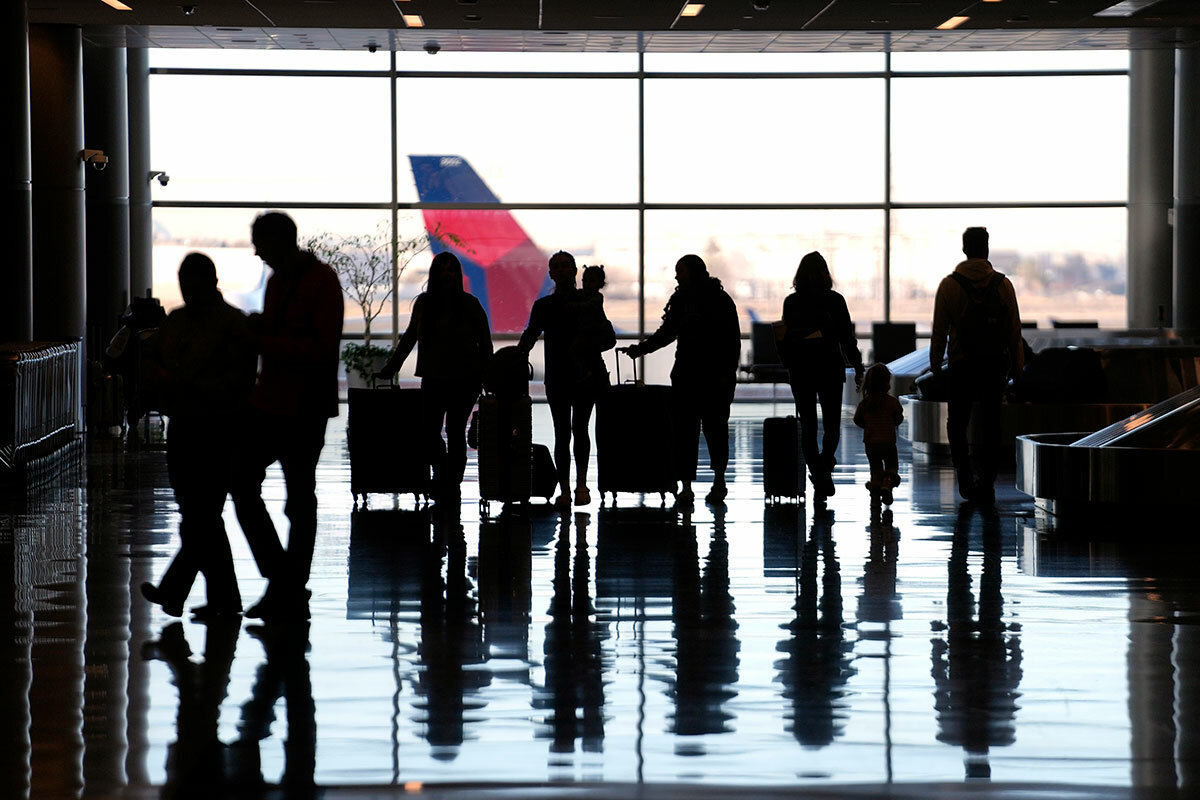Behind FAA ground stoppage, a changing view of safety

 Mark Sappenfield
Mark Sappenfield
On Wednesday, the federal authorities grounded all air traffic in the United States for the first time since 9/11 – for something some pilots look at as little more than spam.
The grounding took place when a notification system known as NOTAM – or, Notice to Air Missions – failed. NOTAMs alert pilots of changing conditions and hazards, such as closed runways, air shows, or temporary cranes near airports. They’ve been around for decades, but in recent years, NOTAMs have been jammed with so many items that some pilots ignore them.
At an International Civil Aviation Organization hearing on the subject last year, a former air traffic controller noted that a typical briefing package for a flight from Munich to Singapore could include 120 pages of NOTAMs, with 10 to 15 alerts per page.“For every single one, we should read, understand, and decide if it’s relevant for our flight,” Finnair Capt. Lauri Soini told the hearing, according to FlightGlobal, an industry publication.
Most aren’t relevant, which means a pilot – who often has about 20 minutes for pre-flight briefing – would need to read 90 minutes of NOTAMs, he added.
Work is ongoing to reform NOTAMs. But the grounding Wednesday reveals something about the nature of air travel today. Transportation Secretary Pete Buttigieg said it was “out of an abundance of caution.” Authorities say there is no evidence yet of foul play.
Shutting down all U.S. airspace for NOTAMs might seem extreme, especially considering the disruptions. But consider that the last fatal crash of a U.S. airliner was in 2009. And in 2017, a missed NOTAM nearly led an airliner to landing on a full taxiway in San Francisco.
Amid cancellations and delays, it’s worth remembering that “an abundance of caution” across the industry has dramatically transformed our sense of safety in the air.




